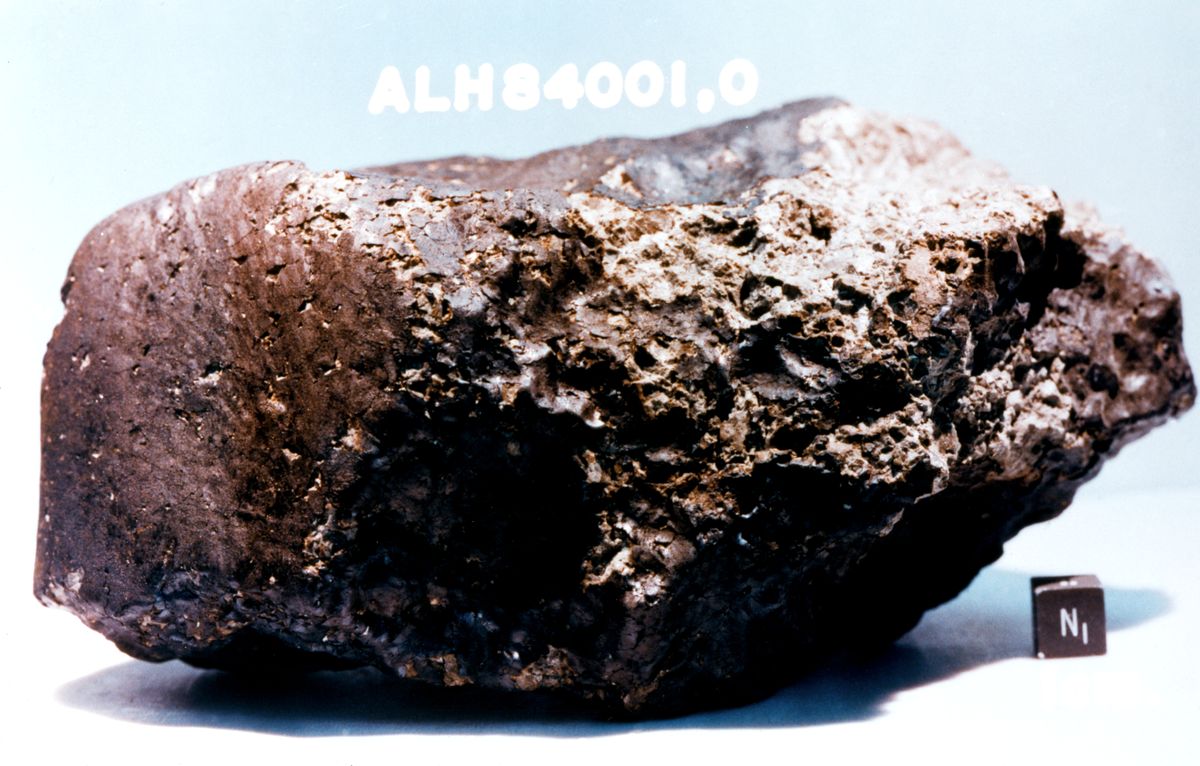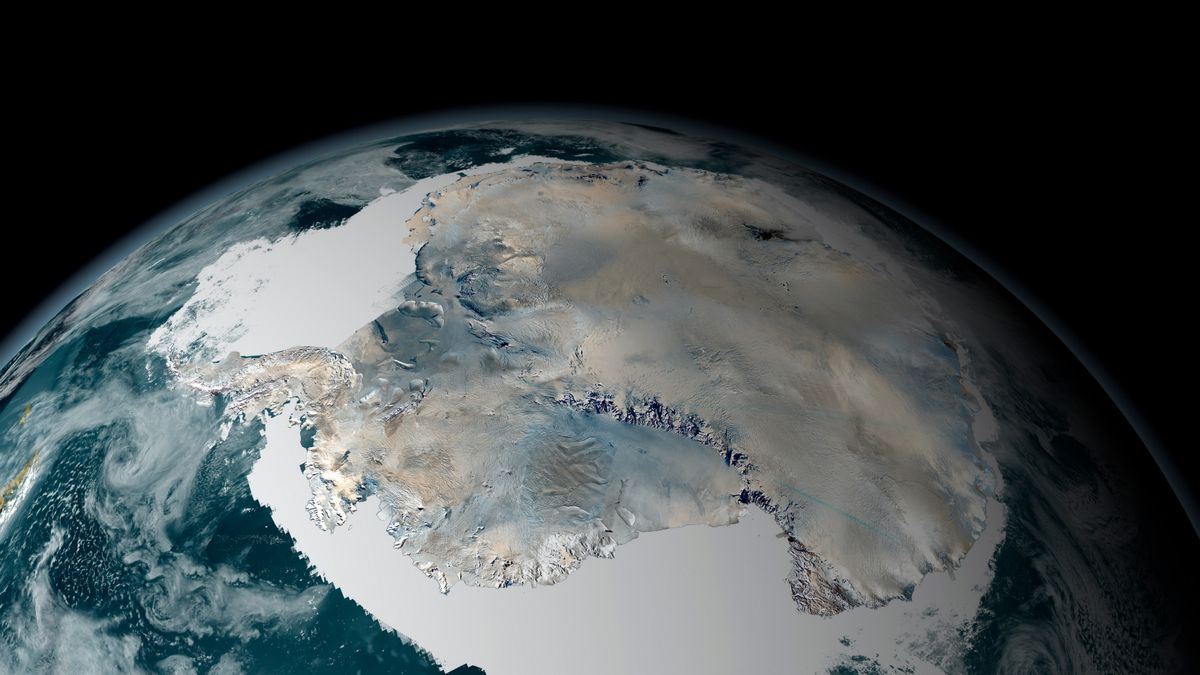There are hundreds of thousands of meteorites hidden beneath Antarctica’s icy surface, some of which are slowly sinking out of reach. You might think that these submerged space rocks would be very tricky, expensive and time-consuming to find. But in this excerpt from “The Meteorite Hunters” (Oneworld Publications, 2025), author Joshua Howgego reveals how researchers came up with a way to recover the lost objects — using just a lamp, a freezer and a block of ice.
As we know, meteorites can be split into three groups: stony, irons and stony-irons. If you look at the world collections of meteorites, the vast majority are stony meteorites; only 5.5% are either stony-iron or iron.
But here’s the weird thing: If you look just at the meteorites recovered from Antarctica, only 0.7% are iron or stony-iron.
That’s not just a small discrepancy. It means the chances of finding an iron-based meteorite are almost 10 times lower in Antarctica than they are anywhere else. And iron-containing meteorites are worth having, not least because they are useful for studying the way planets form their cores.
Earth has a molten iron core, the sloshing of which produces the magnetic field that protects our planet from harmful radiation in space (and produces the northern and southern lights). When planets began to form, though, the iron would have been distributed through their rocks and it would have gradually sunk into the middle of them as they grew larger.
It’s thought that iron-containing meteorites might be fragments of planets that were part way through this core-forming process, but were smashed to pieces before they became big enough to endure.
Related: Never-before-seen shapes up to 1,300 feet long discovered beneath Antarctic ice
Anyway, learning about the missing irons planted a seed in Geoffrey Evatt’s mind, and a while later he organised another of his workshops, this time at a countryside pub near Manchester, to talk about meteorites and ice. Several people came to give talks, including Katie Joy. She and Evatt had first met through some mutual friends on a rock-climbing holiday in Spain. She had recently moved to work at the University of Manchester too and, as an expert on meteorites who had already been out to Antarctica hunting the things, it was obvious that she should join the workshop.
It was at the pub workshop that Evatt and Joy began to discuss a delightfully simple solution to the problem of Antarctica’s missing meteorites. Iron meteorites are typically dark or black in color and so absorb more warmth from sunlight than the lighter-coloured stony rocks. What if the iron stones were warming up to the point where they would actually melt the glacial ice beneath them and sink into it, perhaps even descending far enough so as to be hidden below the surface?

It was just a hypothesis, but it would explain a lot, and it was so simple that it had to be worth testing. Evatt worked out the mathematical model for how meteorites would absorb sunlight and the numbers seemed to check out. To test the idea, they would need some real meteorites, a block of ice, a freezer and a lamp.
That led them to Andrew Smedley, another University of Manchester researcher, who is an expert on sunlight and the way its particular wavelengths of light affect materials. Together with some students, Smedley, Evatt and Joy dreamed up an experiment.
They froze two roughly spherical and equally sized meteorites — one iron, one stony — in cubes of ice, specially prepared to contain no air bubbles, like real glacier ice. Then they stuck these in a huge walk-in freezer down the corridor from Smedley’s office and shone a special lamp on the set-up to mimic the spectrum of light that comes from real sunlight.
They found that both meteorites sank. But the iron meteorite descended at 2.4 millimeters per hour, almost twice as quickly as the stony rock.
We know that in places where ice flow is impeded by mountain bedrock, meteorites buried in the ice are forced upwards. According to the calculations, this meant that as the iron meteorites get close to the surface of the ice and begin to absorb sunlight, they could plausibly begin to sink into the ice faster than the moving glacier could push them upwards. (The stony meteorites are subjected to that downward sinking drive too, but much less strongly, so that the upwelling pressure wins out and they are slowly thrust to the surface.)
The implication, the team thought, was that there could be a layer of iron meteorites hidden just beneath the surface of the ice sheets of Antarctica.
Extracted from “The Meteorite Hunters: On the Trail of Extraterrestrial Treasures and the Secrets Inside Them” by Joshua Howgego, published by Oneworld Publications.

